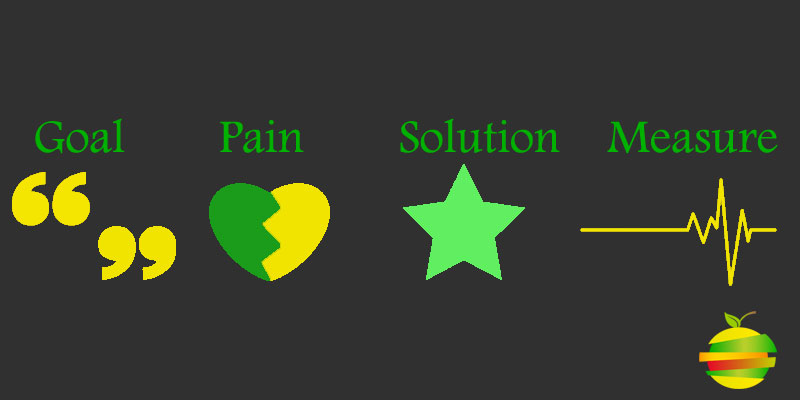If a client comes to see you for nutrition advice on how to achieve a healthy lifestyle goal, most of us would have no hesitation in working out a plan to help the client achieve this goal. The plan would include a strategy, specific tactics, measures and ongoing reviews to determine how the plan is working to achieve these goals.
Yet when it comes to growing a business and professional portfolio, I see so many dietitians using a haphazard approach to digital and social marketing tools without specific objectives of where they want to go, how they will get there and what they will do to engage with their target audience.
Unfortunately, few dietitians actually use a strategy when it comes to social media. They tweet, blog and set up a plethora of social media accounts out of fear of being left behind, rather than as a way to engage their audience.
If your social media engagement is reactive rather than proactive, it’s time to step back, take a deep breath and develop a content strategy that will engage your community.
You can’t have a social media strategy without a content strategy.
There are four important elements to developing an effective content strategy.
- You need to know who is your target audience – what is unique about yourself as a dietitian or nutrition expert that will make your community want to engage with you specifically.
- You need to what your audience (social community) wants to talk about and be prepared to take part in those conversations.
- You need to know where these conversations are taking place, in other words, where your social communities choose to “hang out”.
- You need to measure the results of your conversations to see which ones result in your audience taking an action that translates into a meaningful business outcomes.
There is no need to overcomplicate things; your content strategy should be able to be condensed into a single sentence.
Whilst this is not a fully prepared content strategy, by having a deep understanding of your nutrition business, you can write this single sentence as a starting point for your strategy. Let’s break this down and then put it all together.
Goal
Identify your core business goal and be as specific as possible. Examples may include profile awareness raising or thought leadership for brand credibility.
Pain
Once you have identified your goal, you will need to identify your audience’s “pain point”, in other words, what are the topics that they want to talk about and find out more information? A keyword analysis is a good starting point to help you work out what content will resonate with your audience. Once you’ve identified some of your key phrases, you need to get to work on where your community wants to have these conversations.
Solution
This is the exciting part, where you get to start creating some content to address these pain points. It is important that your content is aligned to the previous parts of your strategy – i.e. it must address your audience paint points and help to achieve your business objectives. For e.g. If your goal is to generate more client referrals, but your audience don’t trust your brand enough, then your content should focus on building trust for your brand. However, it also needs to link back to your objective so the content should include an action whereby your audience can book an appointment on your website or a similar action of value. If your great content gets read by thousands of people but no one takes an action, then it’s not providing any value to your business.
Measure
Measurement helps you get a feel of what works with your audience and what doesn’t. You’ll also need to determine the right metrics to measure for your goals. For e.g. don’t count your number of fans or ‘Likes’ if you are trying to generate leads – you’d be more interested in click-throughs to your website or actual leads generated.
Once you have figured out all of the above you put it all together. Here is an example for a dietitian in private practise:
“To increase private practice referrals, we increase trust in our brand with valuable and informative content, and measure leads generated and appointments booked.”
Remember, this is not a comprehensive strategy. It’s simply a way for you to get started. You’ll want to build upon this one-liner and flesh out your content strategy, including how to obtain the content you need. You will need to develop content themes and create a content calendar plan.
FoodBytes have a content calendar template that can help with your content planning. It contains information about what type of posts you’re creating, across what channel, using which imagery, and highlighting what content theme it aligns with. Your content plan should also detail who is responsible for posting/approving the messaging, and the date and time for posting.
If you would like a copy of our content plan template, send an email to teri@foodbytes.com.au and we will send one your way.

